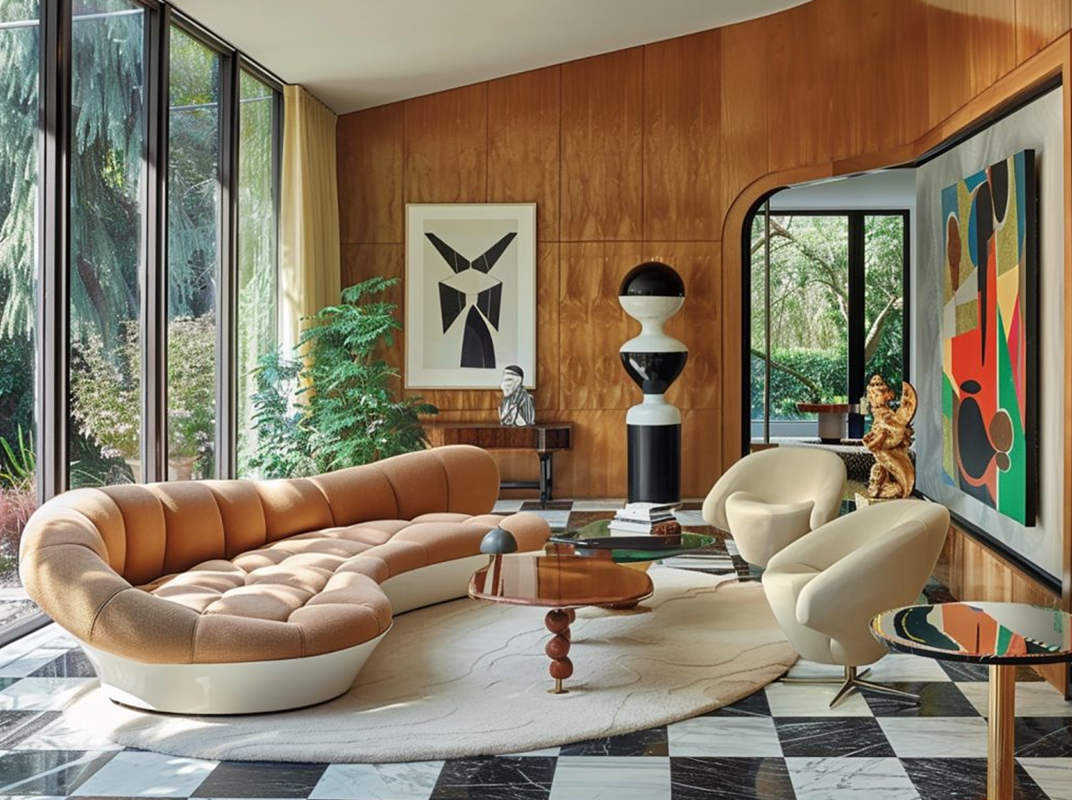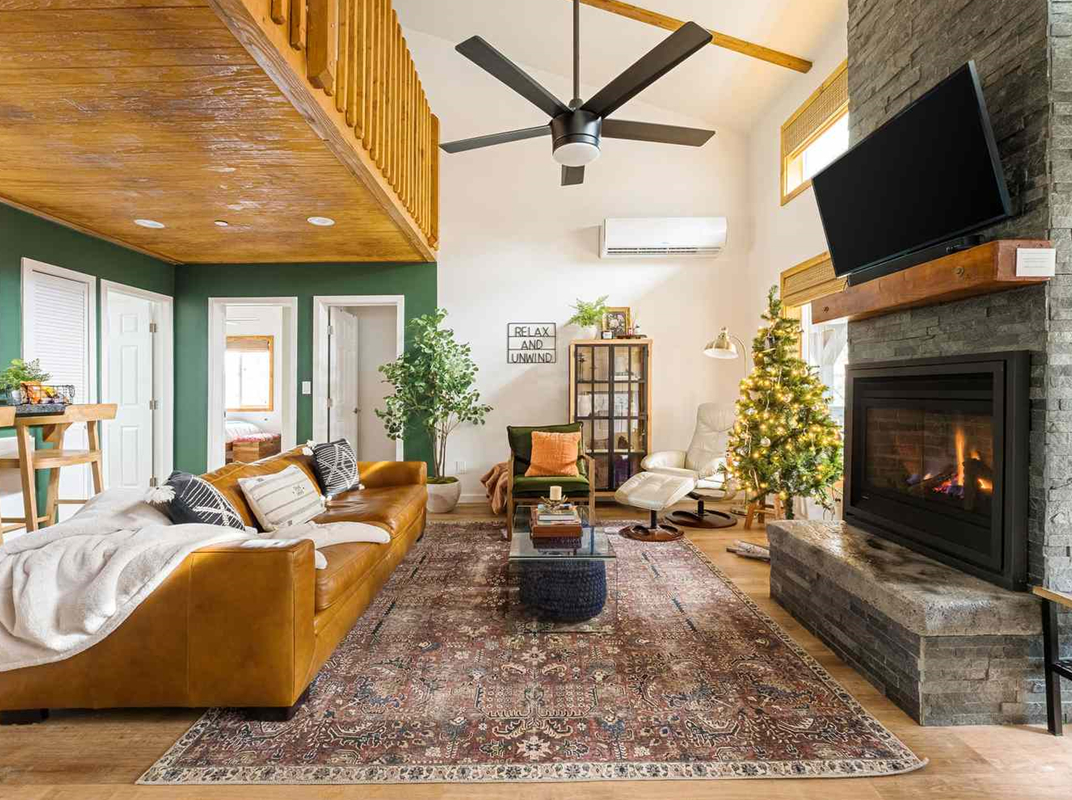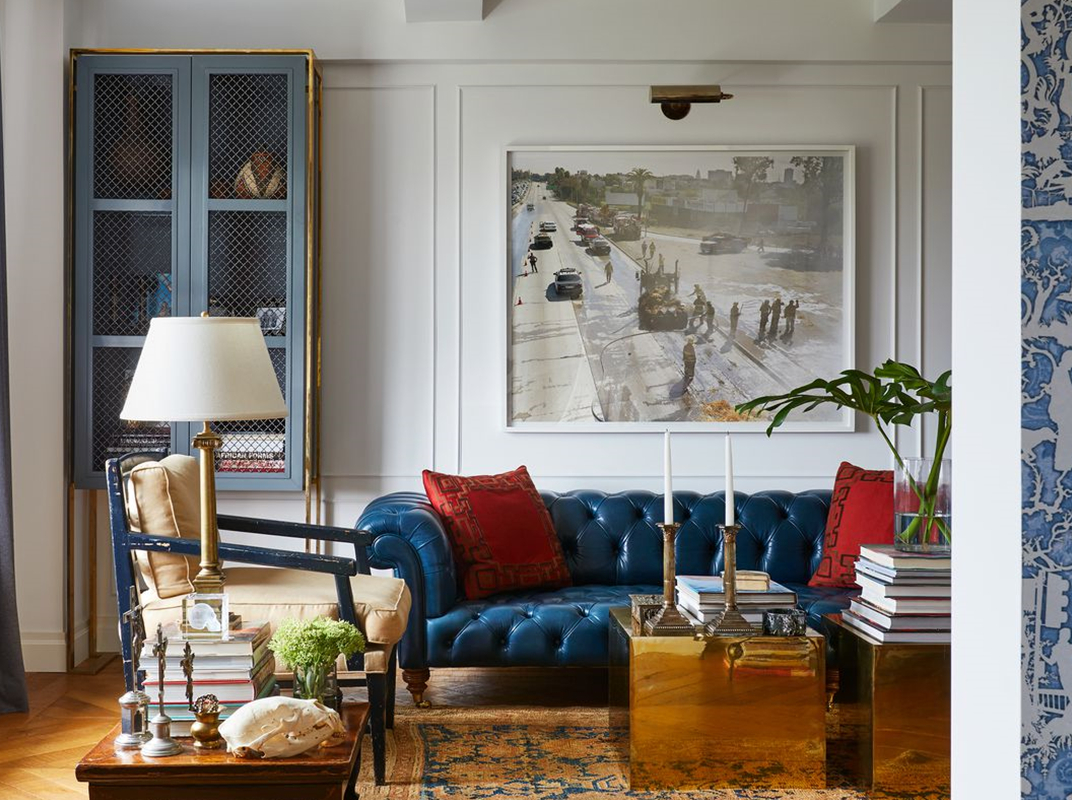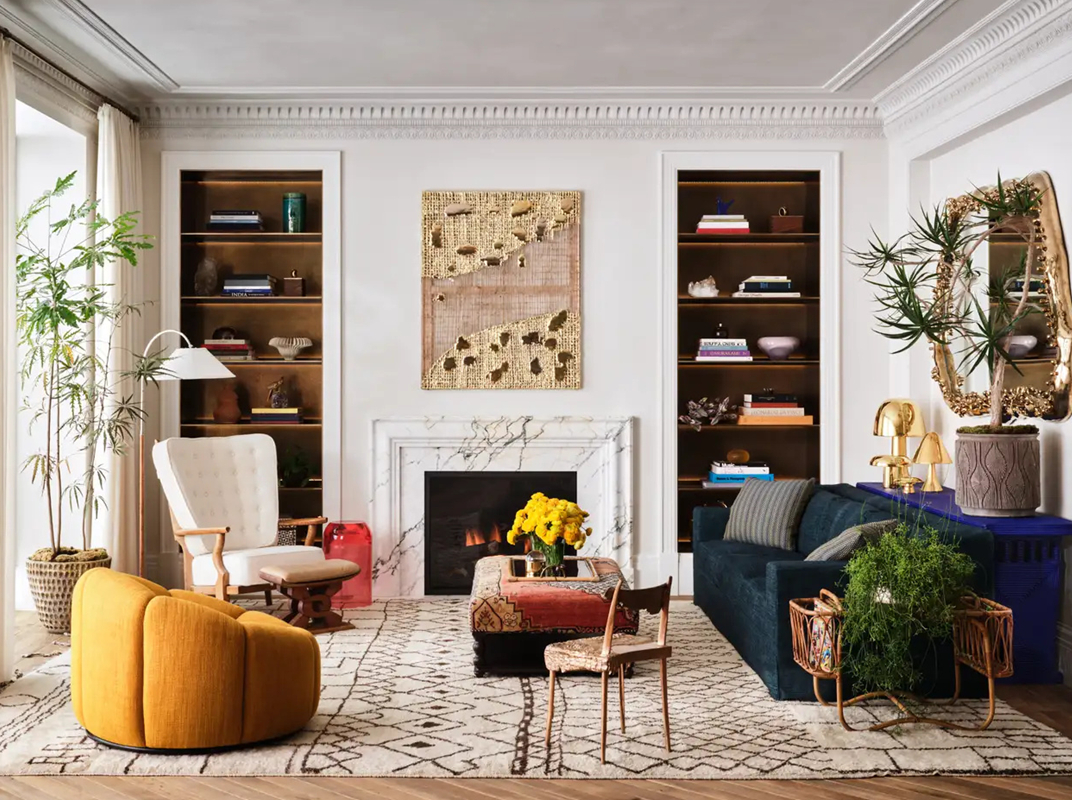Retro furniture, hailing from the mid-century modern era, the 70s, or even the 80s, has a unique ability to inject personality into a space. The bold colors, unusual shapes, and quirky details that characterize these pieces offer a refreshing contrast to the minimalist, neutral-toned furniture that has dominated the market in recent years.
One reason for the rising popularity of retro furniture is its sustainability aspect. In an age where environmental consciousness is at the forefront, buying second-hand or vintage furniture is an excellent way to reduce one’s carbon footprint. Not only do these pieces have a lower environmental impact, but their quality construction often means they’ll last longer than many new, mass-produced items.
When incorporating retro furniture into your home, it’s important to strike a balance. Mix and match retro pieces with contemporary ones to create a harmonious blend of old and new. A vintage coffee table or a mid-century modern armchair can add a touch of retro charm without overwhelming your space.
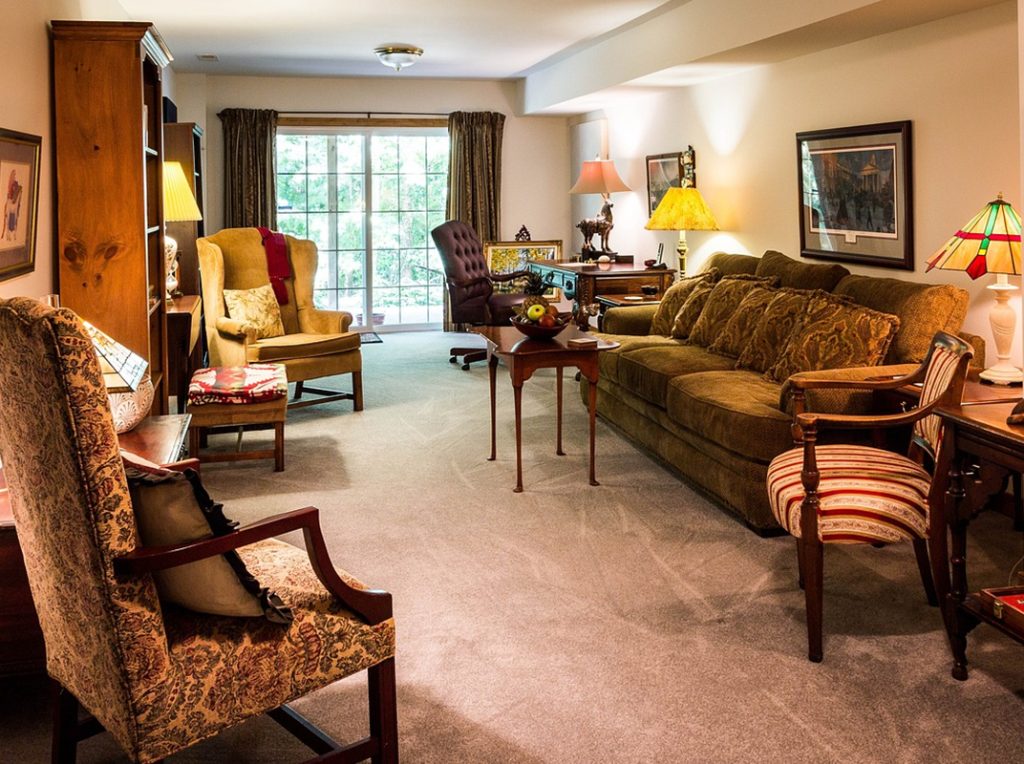
Color is a key element in retro styling. Retro pieces often come in bold, vibrant hues, which can add a pop of color to a neutral room. If your space already features a lot of color, consider retro pieces in more subdued tones to maintain balance.
Personalization is another attractive aspect of retro furniture. In a world where many homes can look strikingly similar, retro pieces offer a chance to express individuality and create a unique living space. Whether it’s a quirky lamp from the 70s or a sleek chair from the mid-century modern era, these pieces can tell a story and reflect your personal style.
Finally, retro furniture is a great way to pay homage to design history. Each piece represents a specific period in design, offering a tangible connection to the past. Whether you’re a history enthusiast or simply appreciate timeless design, retro furniture can add depth and interest to your home.
In essence, the resurgence of retro furniture is about more than just aesthetics. It’s a nod to the past, a celebration of individuality, and a commitment to sustainability. With thoughtful selection and placement, these pieces can transform any space into a warm, inviting, and uniquely personal home.

